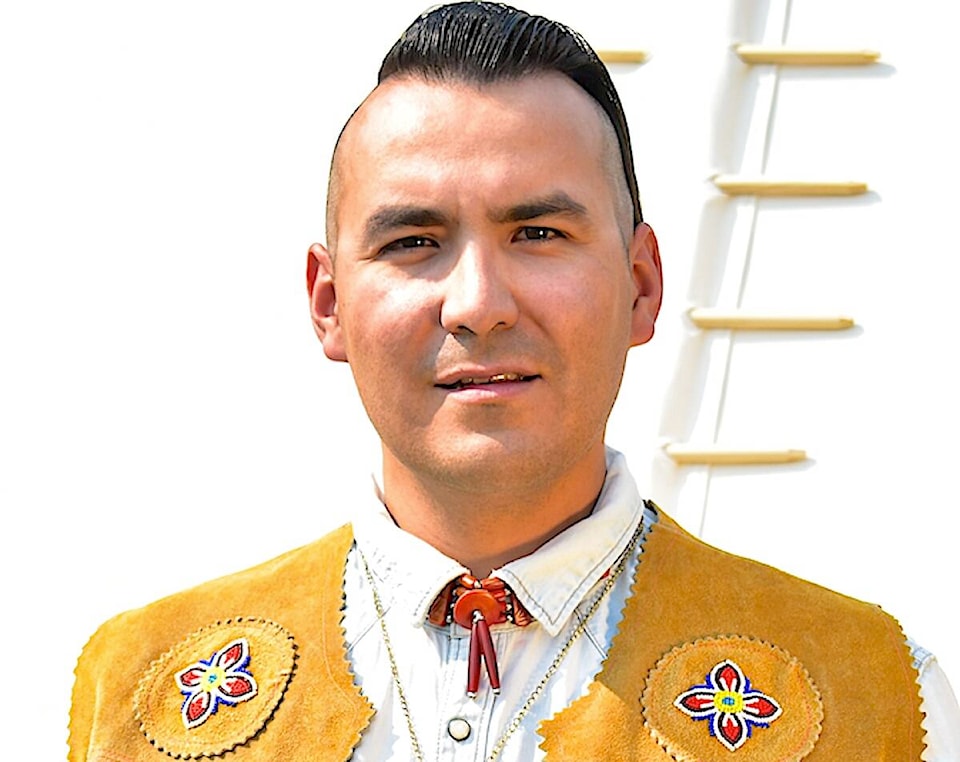Cree “knowledge-keeper” Clare Butterfly educates students about the medicinal properties of plants and how to survive in the wilderness by hunting and preparing food outdoors.
Although he’s passing on the survival skills he wishes he’d learned in school, central Alberta students are often most keen to hear about Butterfly’s bear encounters.
The substitute teacher from Sylvan Lake obligingly recounts the time he fired a cautionary gunshot over the head of an advancing grizzly.
Alarmingly, the bear kept coming at him and his wife despite all their yelling and arm waving — at least until the beast finally caught a whiff of their human scent and then ambled away.
It’s this kind of “adventure stuff” that tends to be the most fascinating to kids, admitted Butterfly — who understands why.
His favourite book while he was growing up was Kerry Wood’s Samson’s Long Ride, about an Indigenous boy who leaves a mission school in the 1880s to find his parents in their hunting grounds, surviving many perils along the way.
Based on a true story, the 10-year-old boy possessed all the skills to keep himself alive in the Rocky Mountain wilds — something most of us are no longer capable of, said Butterfly.
Much knowledge that was once commonplace for Indigenous people and European settlers has been lost over the past century. Butterfly is trying to fill in the gaps for a new generation of Central Albertans with the traditional information he’s gathered from Indigenous elders.
Since 2020, the freelance teacher has mostly brought these teachings to schools in the Chinook’s Edge School division and some in the Red Deer public district. He’s filled in during outdoor education, science, social studies, and even foods classes — and adapted his lessons to the subject at hand.
Most of his classes unfold outdoors, where students are led on “medicine walks” through nature.
Butterfly, who has been teaching in the region since obtaining his education degree, admitted he’s sometimes wondered whether enough plant species will turn up to keep students interested. But he usually finds the group gets no further than 20 paces before the flow of questions takes them right to the end of class.
For instance, Butterfly might talk about how the pain-relief qualities of aspirin can be found by sucking on the inside of red willow tree bark (although this is something he can’t do himself because of allergies.) He regularly warns students not to tamper with plants they don’t know very well, since a highly poisonous variety can look very similar to one used to treat bee stings.
He credits the Truth and Reconciliation process for making schools more receptive to the value of these traditional lessons.
Indigenous history is Canadian history, stressed Butterfly. “There has been a loss of identification by not knowing these things… It’s unfortunate.”
He realized during his own schooling that the knowledge that often sticks with people the longest is what is learned outside of textbooks.
Fore more information, Clare Butterfly can be contacted by email: cbutterfly@cesd73.ca.
